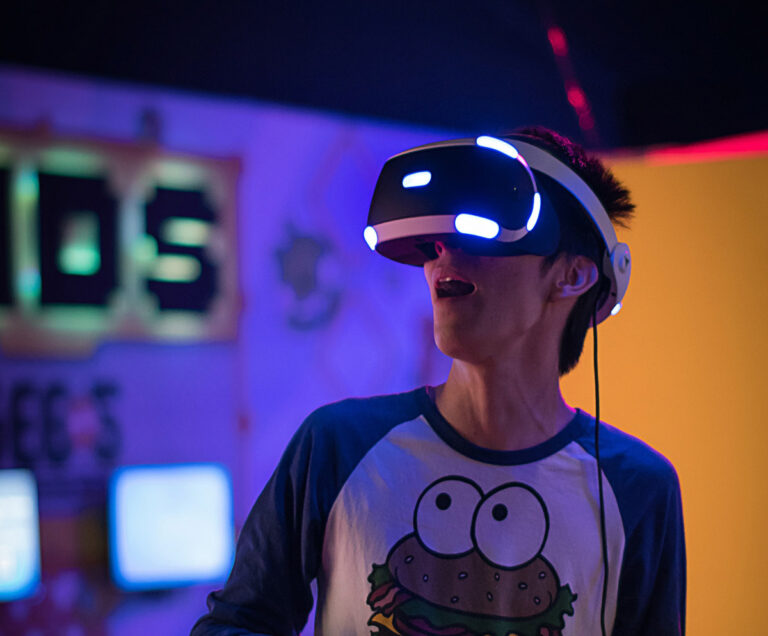Premier League teams are using VR to treat injuries and prep players for high pressure games
Virtual Reality (VR) has revolutionised the gaming world, giving users new ways to play and experience the virtual environments they love so much. But now, VR tech is turning its attention towards the beautiful game of football.
Half of all Premier League teams are now using VR to help players recover from injuries as well as even providing training, with experts predicting all top level clubs to be using it by the end of the year. Utilising software created by technology company Rezzil, teams like Everton and Leicester have been able to practise drills without ever having to even kick a real-life football.
This special tech was initially used back in October 2021 to improve safety in the sport—allowing players to practise header drills without the risk of head injury just by using a headset and controllers. Since then, the VR software has come leaps and bounds with the introduction of new sensors for feet that can simulate the act of kicking a ball with incredible accuracy.
Andy Etches, the founder of Rezzil who previously worked for Manchester City football club, told The i, “It can recreate foot position and angle of attack […] It’s unbelievably accurate, you can do keepy-uppies with it.”
The importance of VR, especially in the rehabilitation of players, is crucial. Cesc Fabregas, former midfielder for Arsenal and Barcelona partnered with Rezzil last year and in a post on Facebook stated: “In all of my years, I have never seen technology that allows players to develop their cognitive skills in a Virtual Reality world without the risk of injuries. Their game-changing technology has helped me step up my rehabilitation through various training drills.”
And Fabregas isn’t the only player this new tech has helped. Midfielder Lewis Cook of AFC Bournemouth used VR in the early stages of his rehabilitation following a serious knee injury.
Along with injury recovery, Rezzil’s fascinating new technology can also simulate the pressures of top level football, something that can be pretty nerve wracking for junior players. The transition young players undergo from their youth matches to senior-level games can be daunting, but thanks to Rezzil, this experience can all be replicated in VR before they even step onto the pitch.
“We can recreate false pressure and test it,” Etches told The i. “We can recreate that crowd noise, the speed of players running at them, give them a chance to prepare for their debut.” The founder believes that the ability to measure cognitive skills will also help mentally gifted players—building up their physical skills in a safer environment and giving them a second chance on the pitch.
The implementation of VR in football is just one of the many ways it is being used around the world to change the way we look at and interact with things, from using it to treat PTSD to experiencing what it’s like to take a walk on the moon, the possibilities seem endless. With so much potential, and not just for gaming, VR is certainly on the path to changing how we encounter a whole multitude of things—and where it goes next is anyone’s guess. But whatever it may be, we wait with bated breath.





